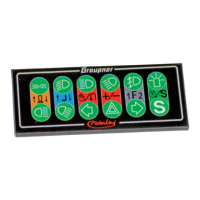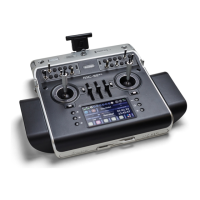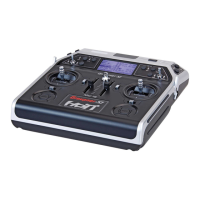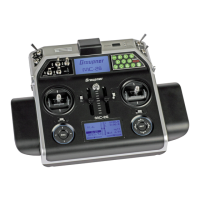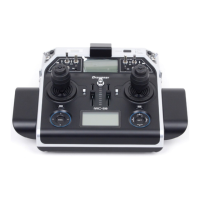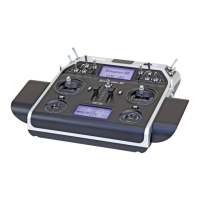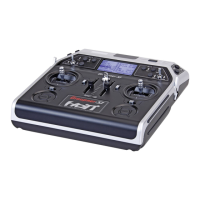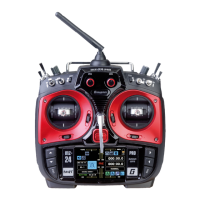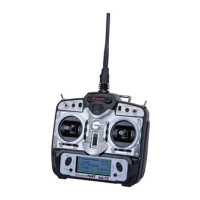244
Program description - Telemetry
Telemetry
Read-in and settings for telemetry data
The receiver's settings, as well as optional telemetry
sensor settings, can be called up and programmed in
real-time by way of the »Telemetry« menu. Commu-
nication with the transmitter is accomplished over the
return channel built into the HoTT receiver.
As many as four sensors can be attached, if neces-
sary via V or Y adapter cables, to receivers with cur-
rent firmware of types: GR-12L HoTT (No. S1012),
GR-12S HoTT (No. 33505), GR-12 HoTT (No.
33506), GR-16 (No. 33508), GR-24 HoTT (No. 33512)
and GR-32 DUAL (No. 33516).
The update capability of these and future receivers,
which can be performed by the user, will keep the
respective »Telemetry« menu up to date with the
latest version and ensure enhancement with future
functions or languages.
Note:
After registering your product at https://www.
graupner.de/de/service/produktregistrierung
you are automatically informed of new
updates.
Important notices:
•
This manual is based on the functions
available at the time of printing.
• As already indicated in the section "Binding multiple
receivers" on page 84 and 94, multiple receivers
per model can be bound into the system as
necessary.
• The software of
mc-32 HoTT transmitters is
capable of directly managing a maximum of two
receivers, and the menu system can also be used
to distribute up to 16 transmitter control channels
between these two receivers in any conguration
you wish.
However, only the receiver selected
in the line "TELEMETRY RCV" of the
"Telemetry" menu is able to establish a
telemetry connection to the transmitter!
TELEMETRY
SETTING & DATAVIEW
SENSOR SELECT
RF STATUS VIEW
VOICE TRIGGER
TELEMETRY RCV
BIND. 1
However, that also means the inverse, that only this
receiver can be addressed through the Telemetry
menu! If necessary, therefore, the selection must
be changed before settings can be made on a
specic receiver:
• Since the telemetric data between transmitter
and receiver is only exchanged after the fourth
data package, the data transmission requires a
certain amount of time for technical reasons, so
the reaction to the operating keys and changes
to settings take place with a delay. Therefore, the
delay is not due to an error.
• When adjusting the settings of the
remote control, make absolutely sure
that the transmitter antenna is always
far enough away from the receiver
antennae! To be on the safe side,
keep them at least one meter apart.
Otherwise there is a risk of a faulty
connection to the return channel and
malfunctions will result.
•
When operating a powered tug for
aero-to wing, ensure that the
receiving systems and the aerials
in the two models are always at least
50 cm apart; we recommend the use of
satellite receivers in such situations. If
you neglect this, there is a chance of
interference from the downlink channel.
• Programming on the model or on sensors may
only take place if the model is on the ground. Only
carry out the settings with the motor switched
off and the battery disconnected! Otherwise,
undesired programming cannot be ruled out.
For example, a servo test initiated accidentally
could cause the model to crash and cause
personal injury and/or property damage. Observe
the safety instructions on pages 4 … 7 of this
manual and the respective separate manuals.
• All settings (such as fail-safe, servo direction
reversal, servo travel, mixer and curve settings,
etc.) made through the »Telemetry« menu
are stored only in the receiver and therefore are
adopted along with it if it is implemented as a
receiver in another model. Therefore, to be on the
safe side, re-initialize your HoTT receiver if you
want to use the receiver in a different model; see
"Reset" on page 52.
• Only program the servo direction reversal,
servo travel, mixer and curve settings through
the
mc-32-specic standard menus »Servo
adjustment« page 112, »Dual Rate / Expo«
page 132 or page 136, »Channel 1 curve«
page 140 or 143, and so on. Otherwise, the
settings superimpose one another, which can
lead to complexity or even problems in the later
operation.
• The channel assignment function, called "Channel
mapping", integrated into the »Telemetry« menu
of the
mc-32 HoTT transmitter can also freely
distribute control functions over multiple receivers
or even distribute a single control function over
multiple receiver outputs, such as two servos per
aileron instead of only one individual servo, etc.
We also recommend exercising extreme
during the programming.
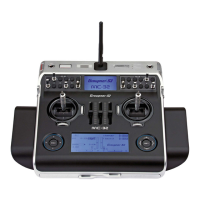
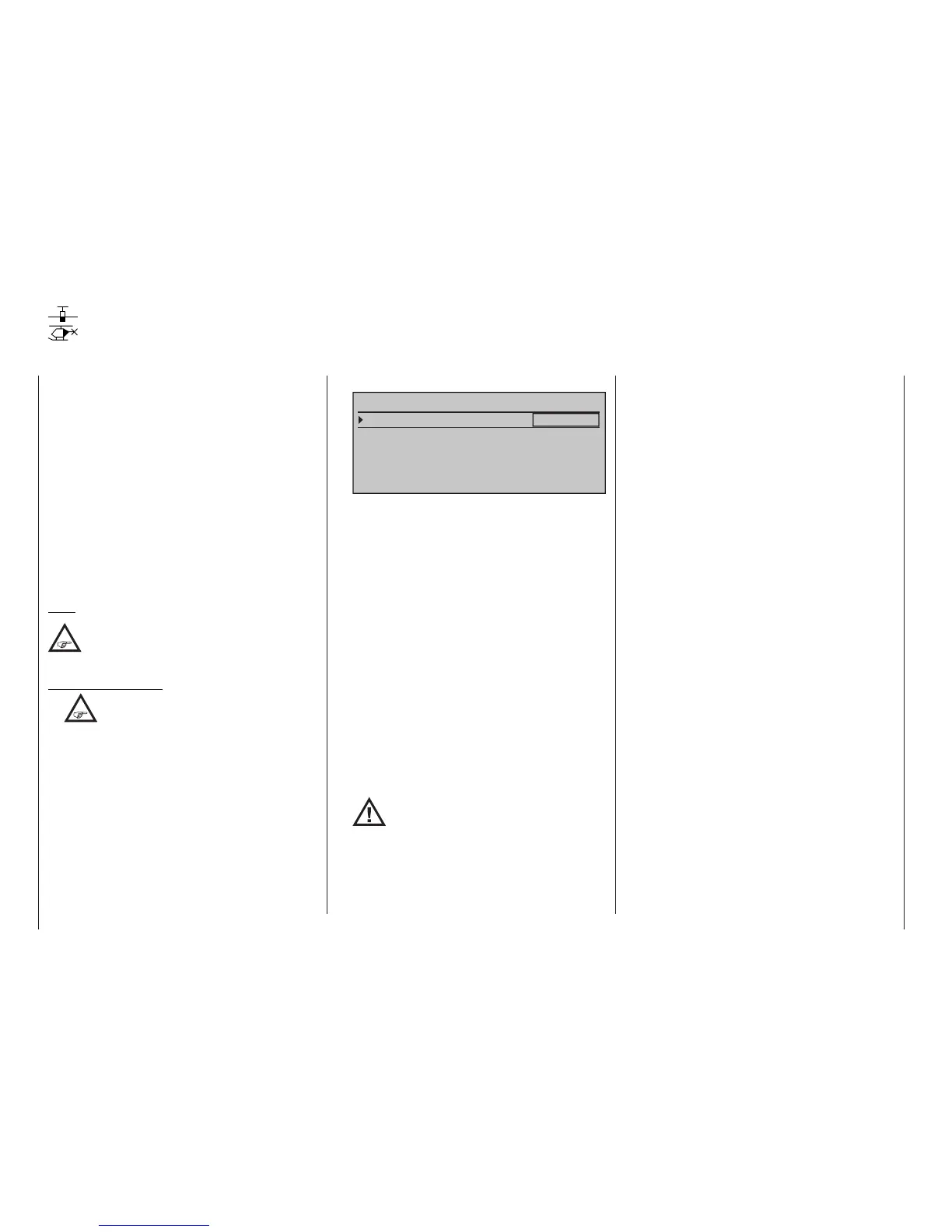